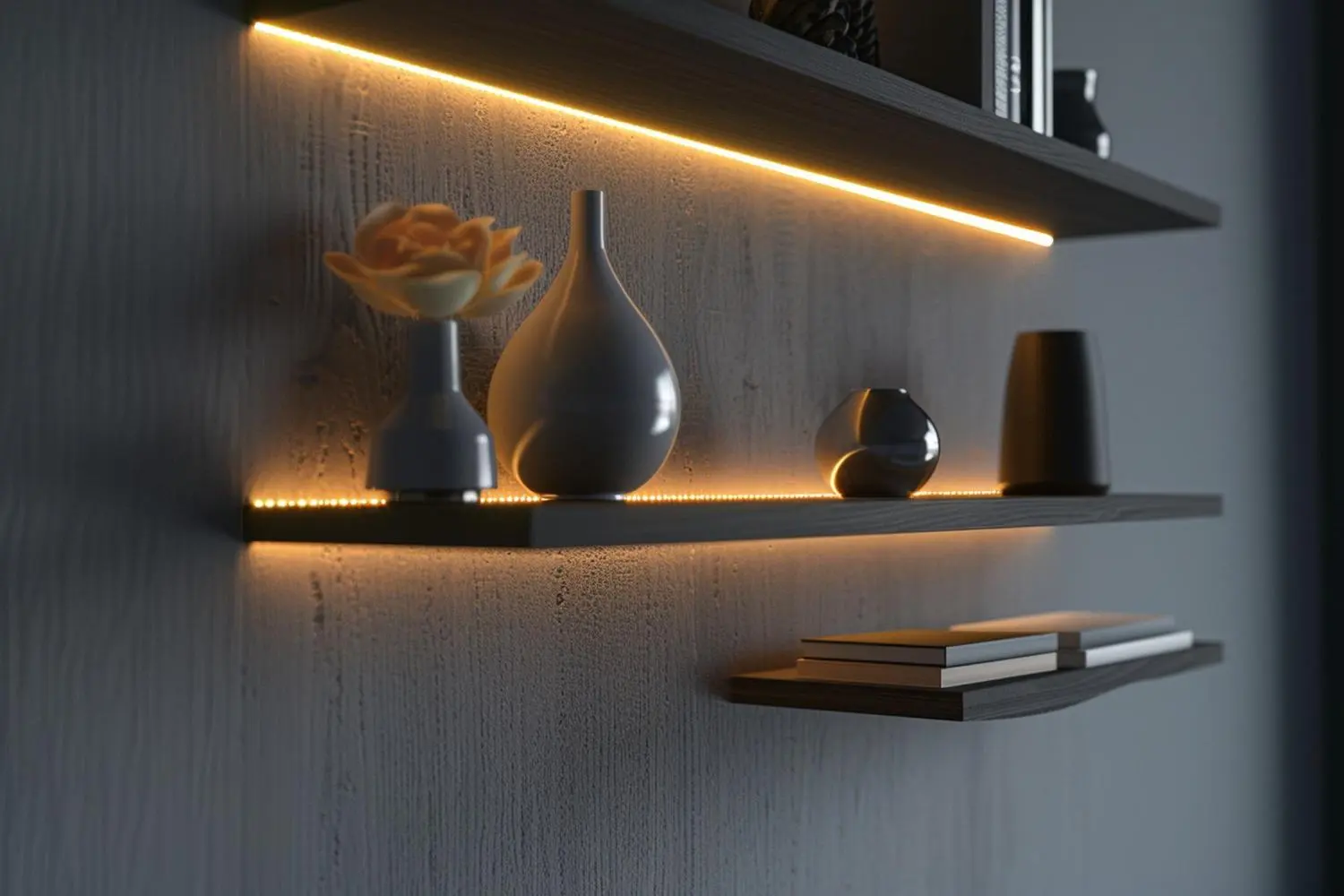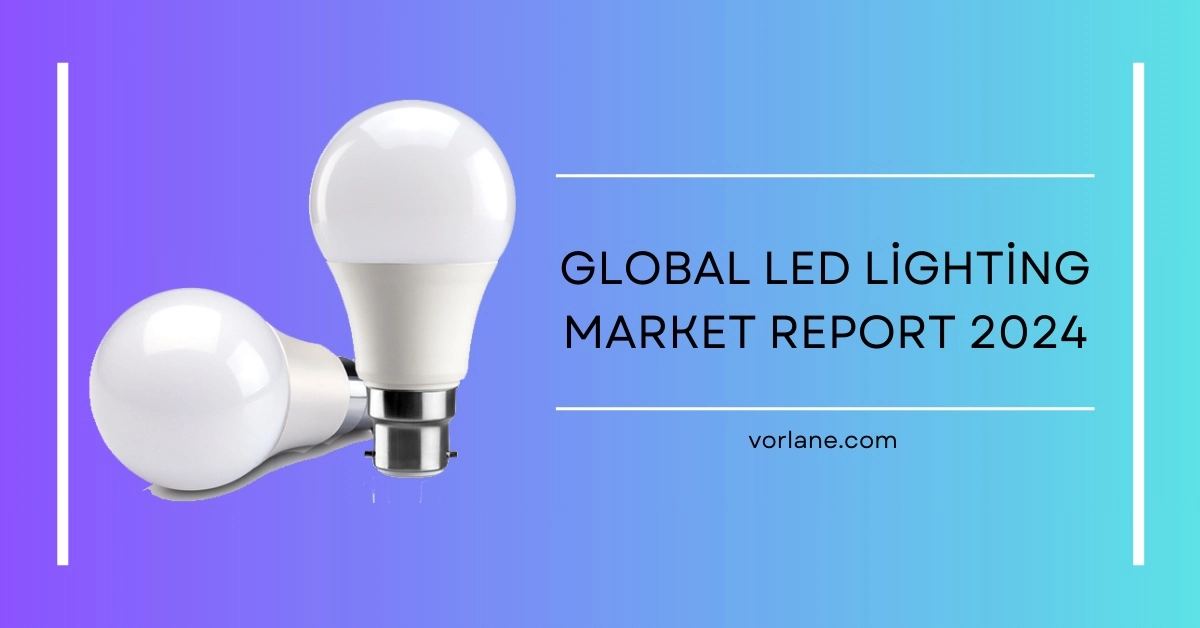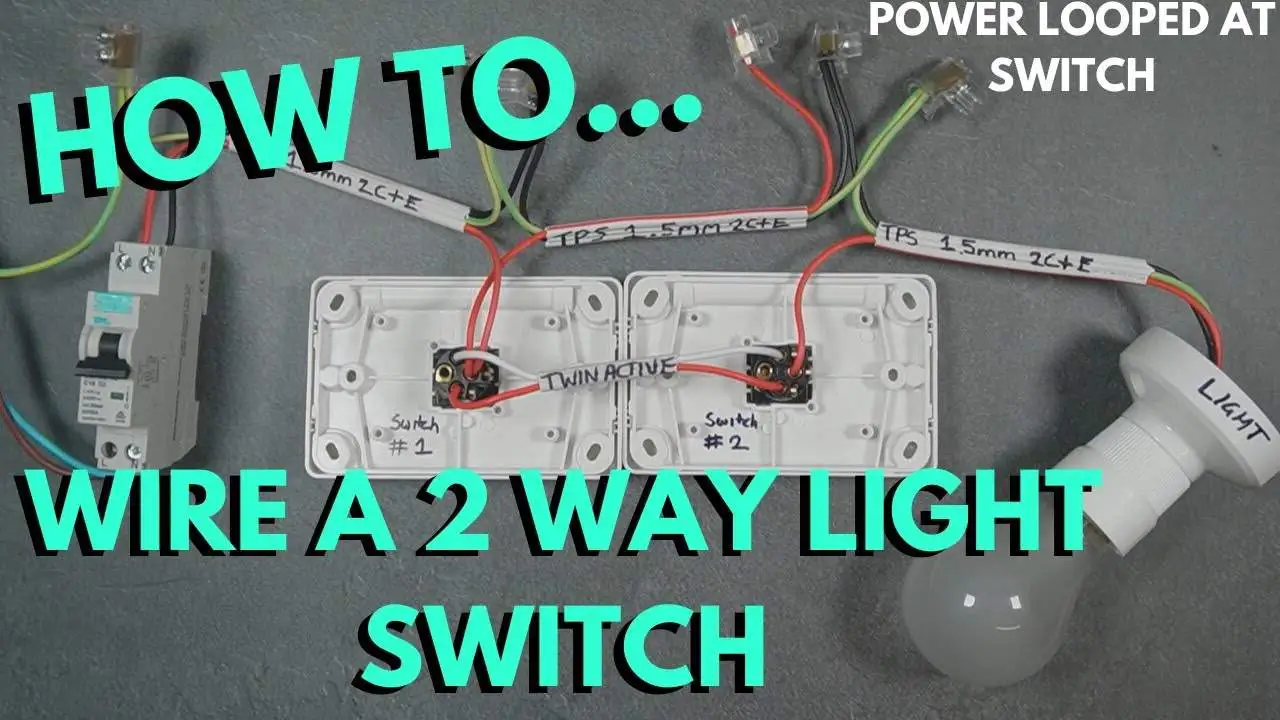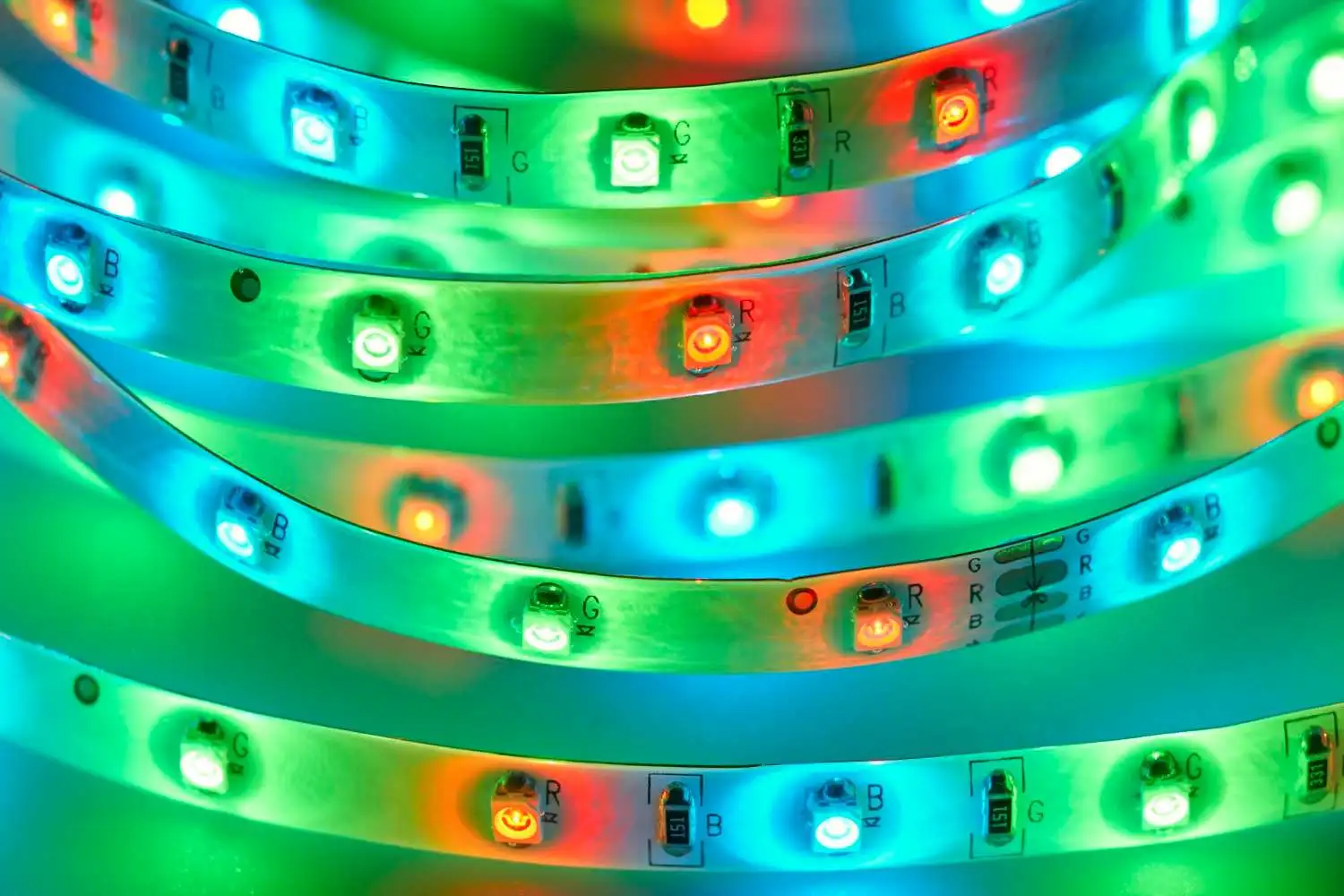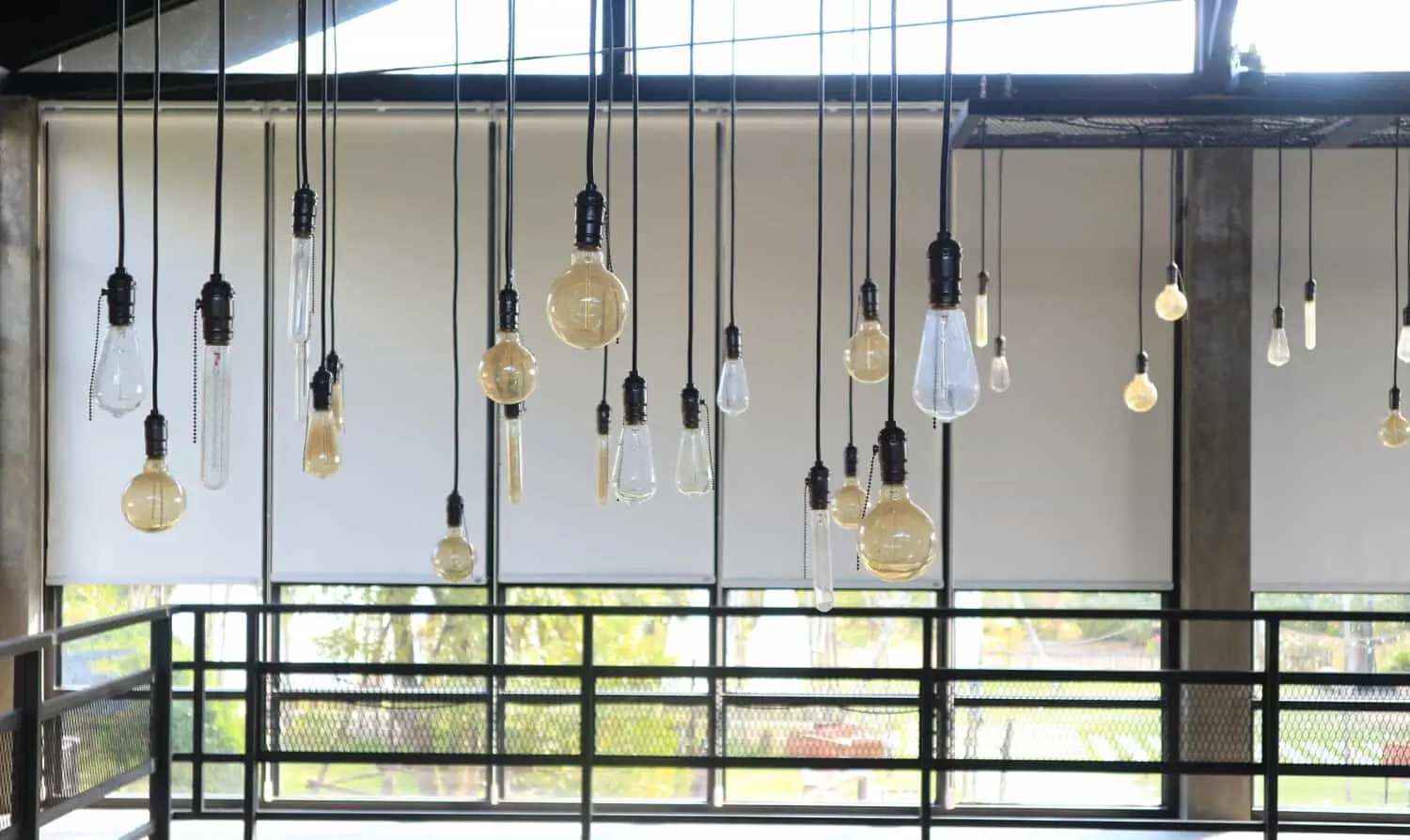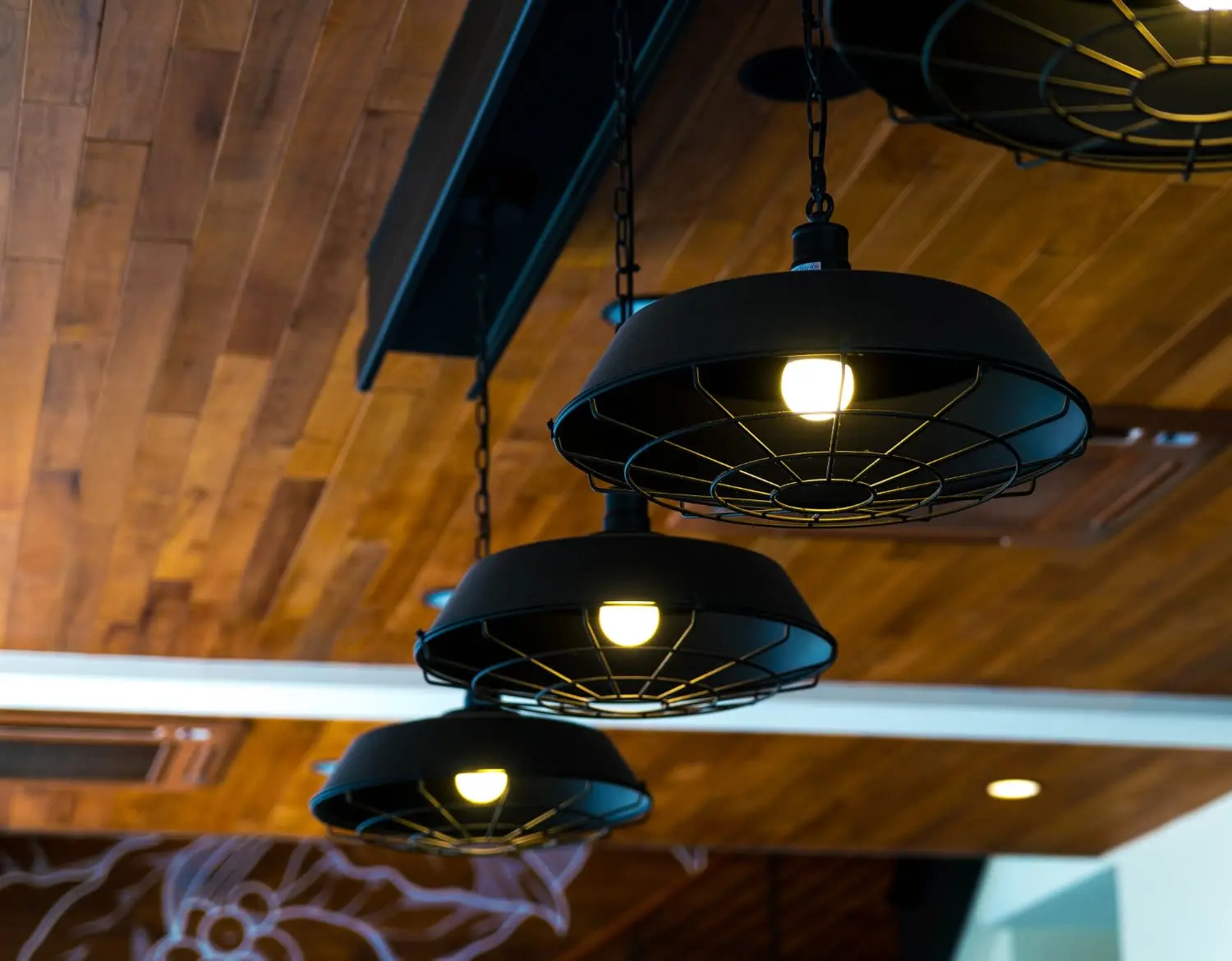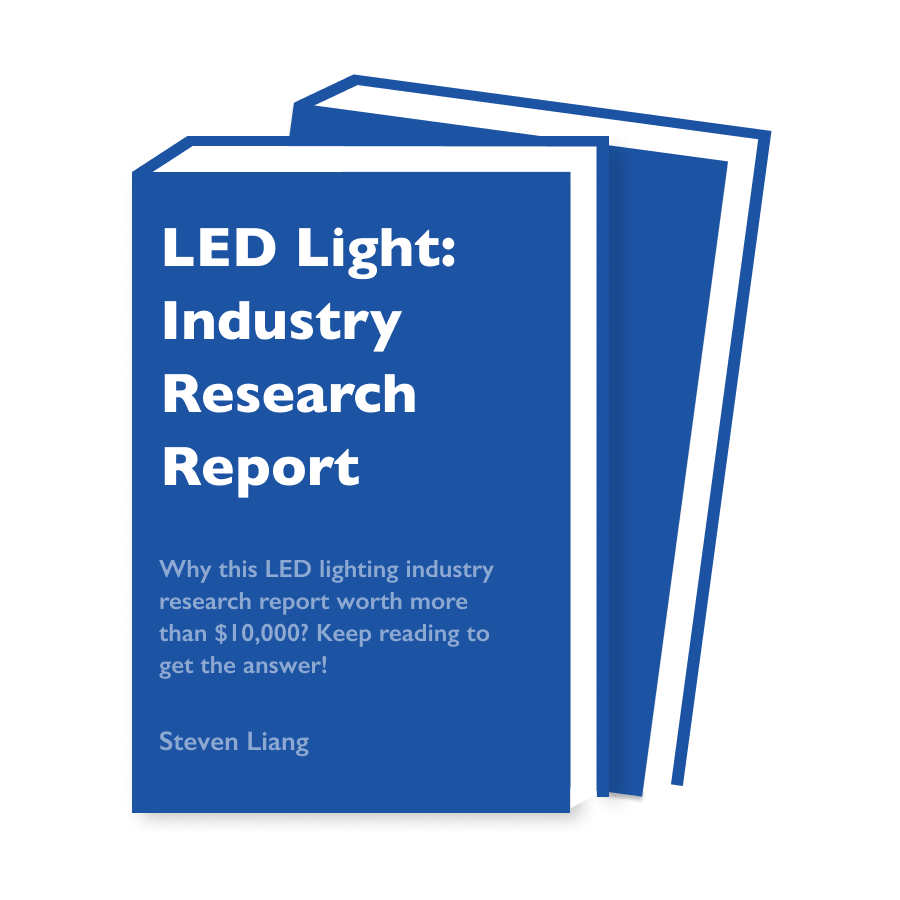When it comes to light bulbs, there are two main types: LED and regular. But, what are the differences between them and why is it important to choose the right one?
LED bulbs are becoming increasingly popular for many reasons. They are much more energy efficient than regular bulbs, with an average lifespan of up to 50,000 hours, compared to the 1000-hour lifespan of regular bulbs. Additionally, LEDs generate less heat and use a fraction of the energy that regular bulbs do.
To fully understand why LED bulbs are better than regular bulbs, let’s dig a bit deeper and understand how each kind of bulb works.
The History of Lighting
The history of lighting has been around for centuries, and it has come a long way. Here’s a look back in time at some of the major milestones of lighting:
Prehistoric Lighting
Humans have been using fire to light their homes and villages since prehistoric times, with the use of natural materials such as wood, moss, and fat from animals. This method was used until the early years of civilization when pottery oil lamps became popular.

Oil Lamps
The use of oil lamps dates back to the Bronze Age, around 3000 BC when they were used for both domestic and religious purposes. This method was also widely used during ancient Roman times and beyond.
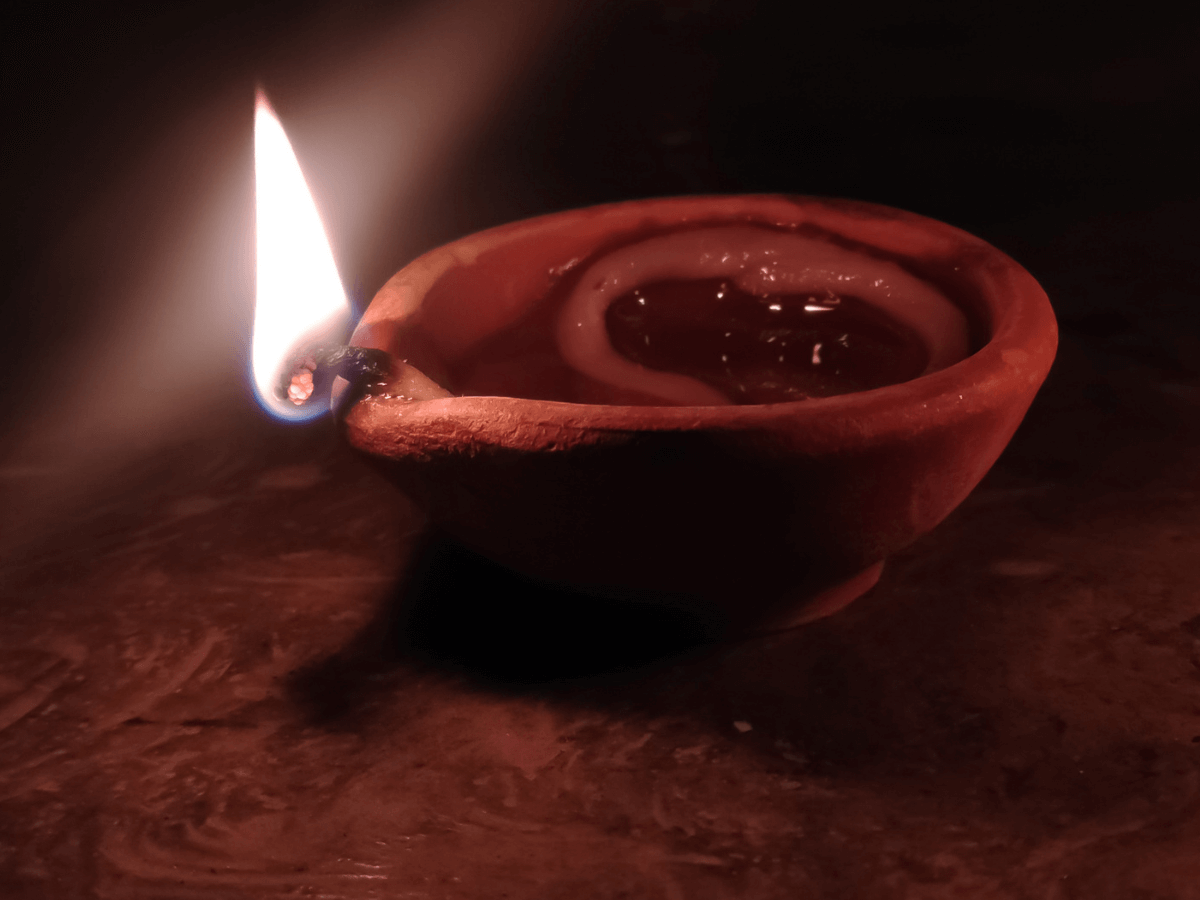
Candles
The invention of candle-making is believed to have originated in China during the early parts of the 1st century. Candles were used in homes, religious ceremonies, and even as a means of communication.
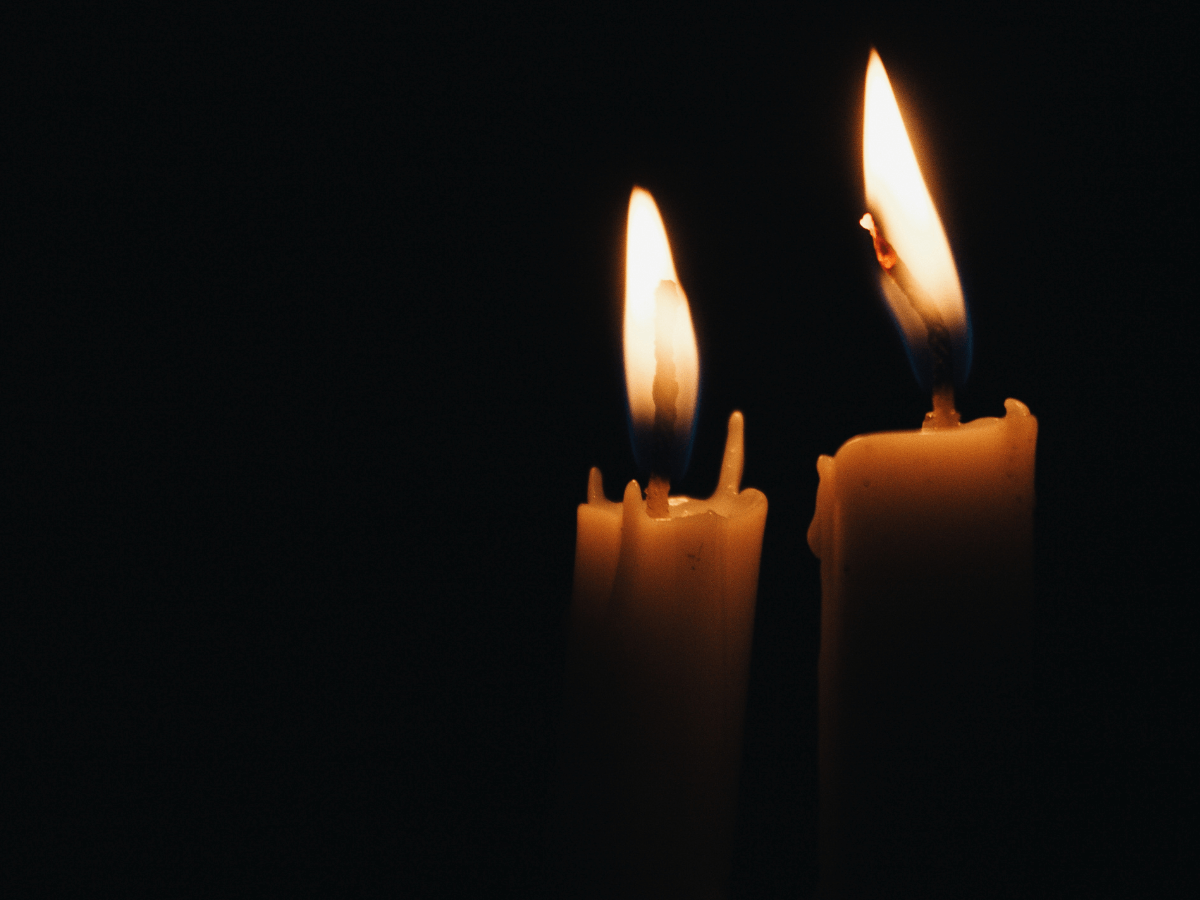
Gas Lighting
The early 19th century saw the introduction of gas lighting, which was a major breakthrough for domestic and public lighting. This technology revolutionized the way we light our homes and cities with street lamps powered by gas.
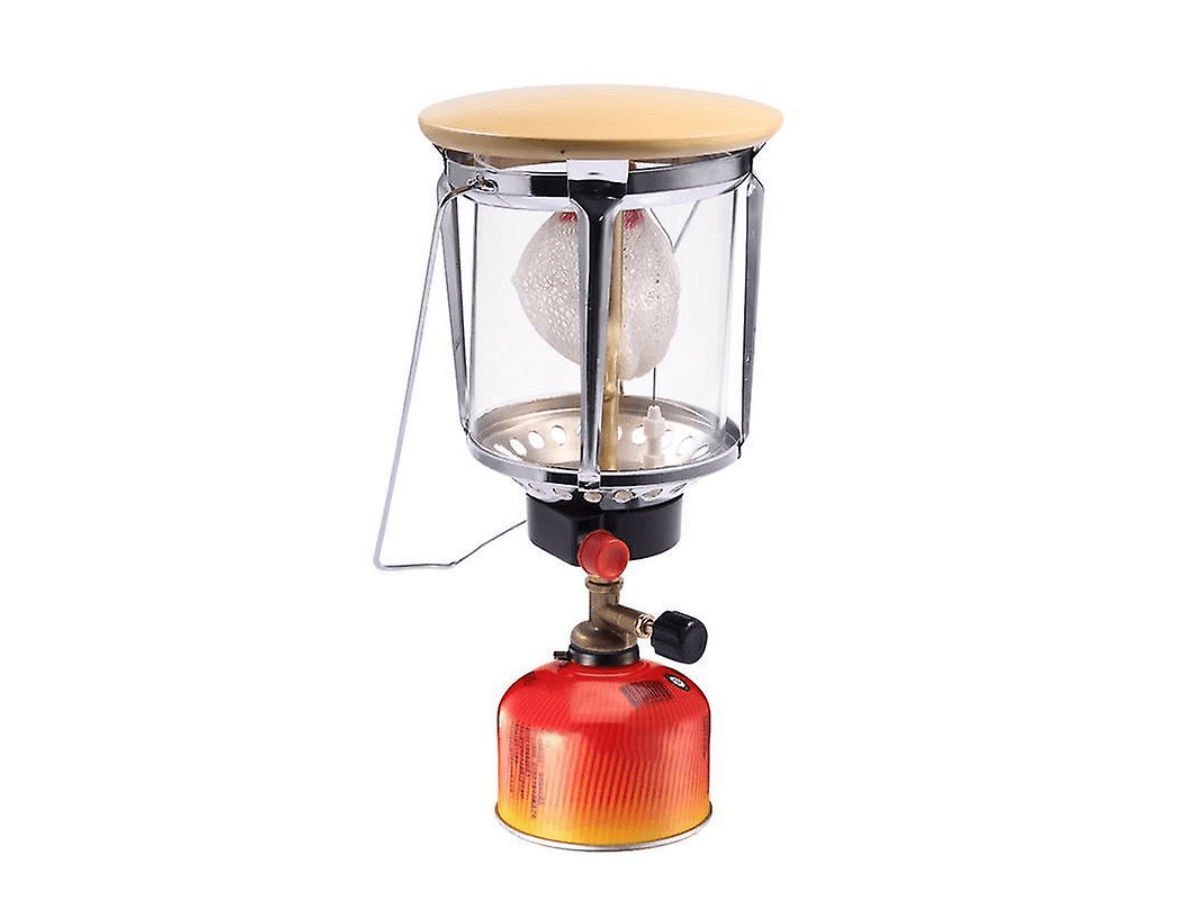
Electric Lighting
Electric lighting first appeared around 1879, when Thomas Edison developed the incandescent light bulb. This new form of lighting allowed for even greater illumination with no need for hazardous fuels or gases. It quickly replaced gas lights as the preferred source of light for both residential and commercial use.
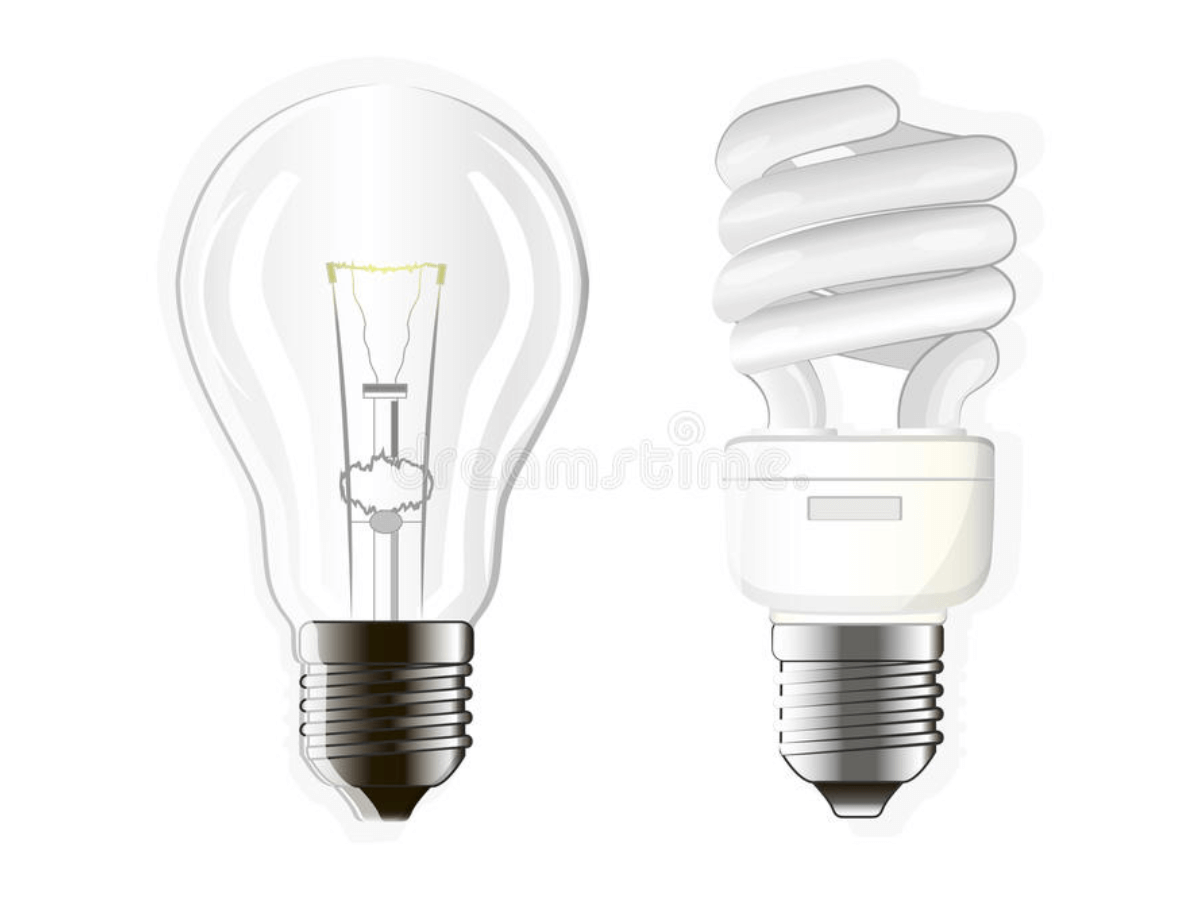
Modern Lighting
Today, modern lighting consists of a range of energy-efficient technologies including LED and fluorescent bulbs. These types of lamps offer both environmental benefits and cost savings compared to traditional incandescent light bulbs.
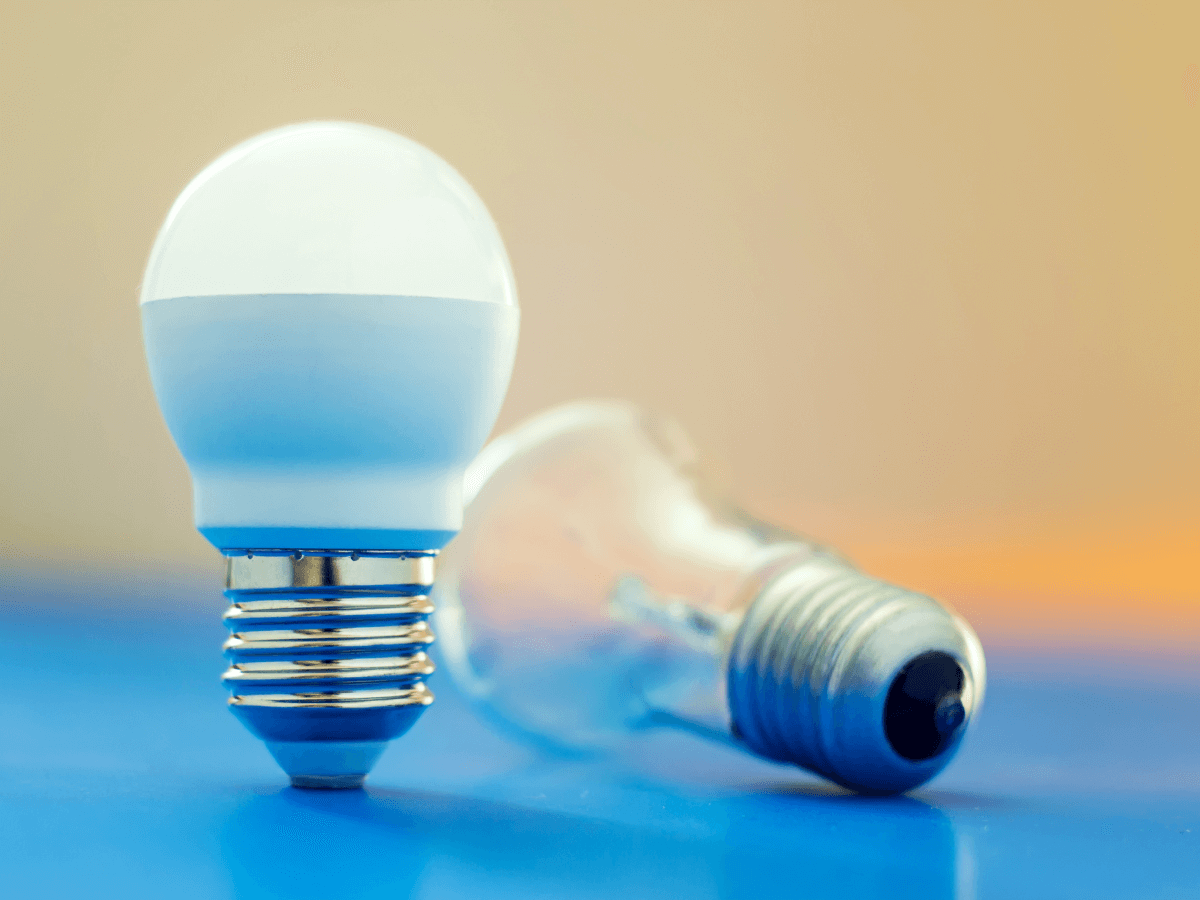
They are also often more aesthetically pleasing, with a range of color choices and styles to choose from. This has allowed for the creation of a variety of unique lighting designs that can greatly enhance interior spaces.
Basics of LED Bulbs and Regular Bulbs
For starters, LED stands for light-emitting diode, which is a semiconductor device that converts electricity into light. It’s much more efficient than traditional bulbs, as it produces more light per watt of power.
LEDs also last much longer than regular bulbs – up to 50,000 hours compared to just 1,000 for incandescent bulbs. On top of that, they’re easier on the environment since they don’t contain hazardous materials as regular bulbs do.
On the other hand, regular bulbs are incandescent or halogen lamps. They’re made of a glass bulb that contains a filament and they produce light when an electric current passes through it. While they’re cheaper and easier to find in stores, they’re not as energy-efficient or long-lasting as LEDs.
Regular bulbs also generate more heat, so they’re not a great choice for warm climates. Plus, unlike LEDs, regular bulbs can contain mercury – a toxic material that can damage the environment if it isn’t disposed of properly.
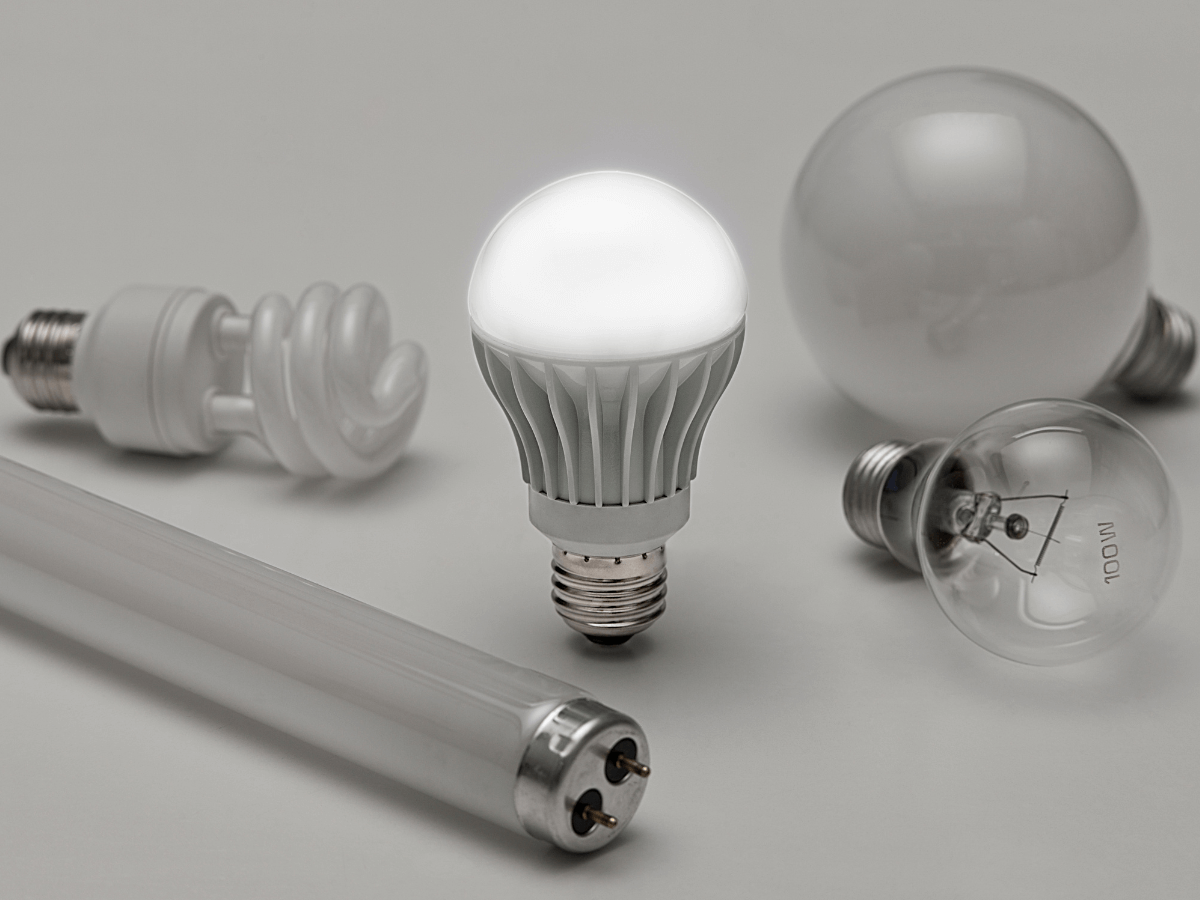
Light Bulb Options
There are a variety of light bulb options to choose from that provide flexibility for different lighting needs. Here’s the breakdown of the most common types of bulbs:
Incandescent Bulbs
Incandescent bulbs provide a warm, yellowish light that is perfect for creating an inviting atmosphere in any room. In addition to providing soft lighting, incandescent bulbs are typically cheaper than other options.
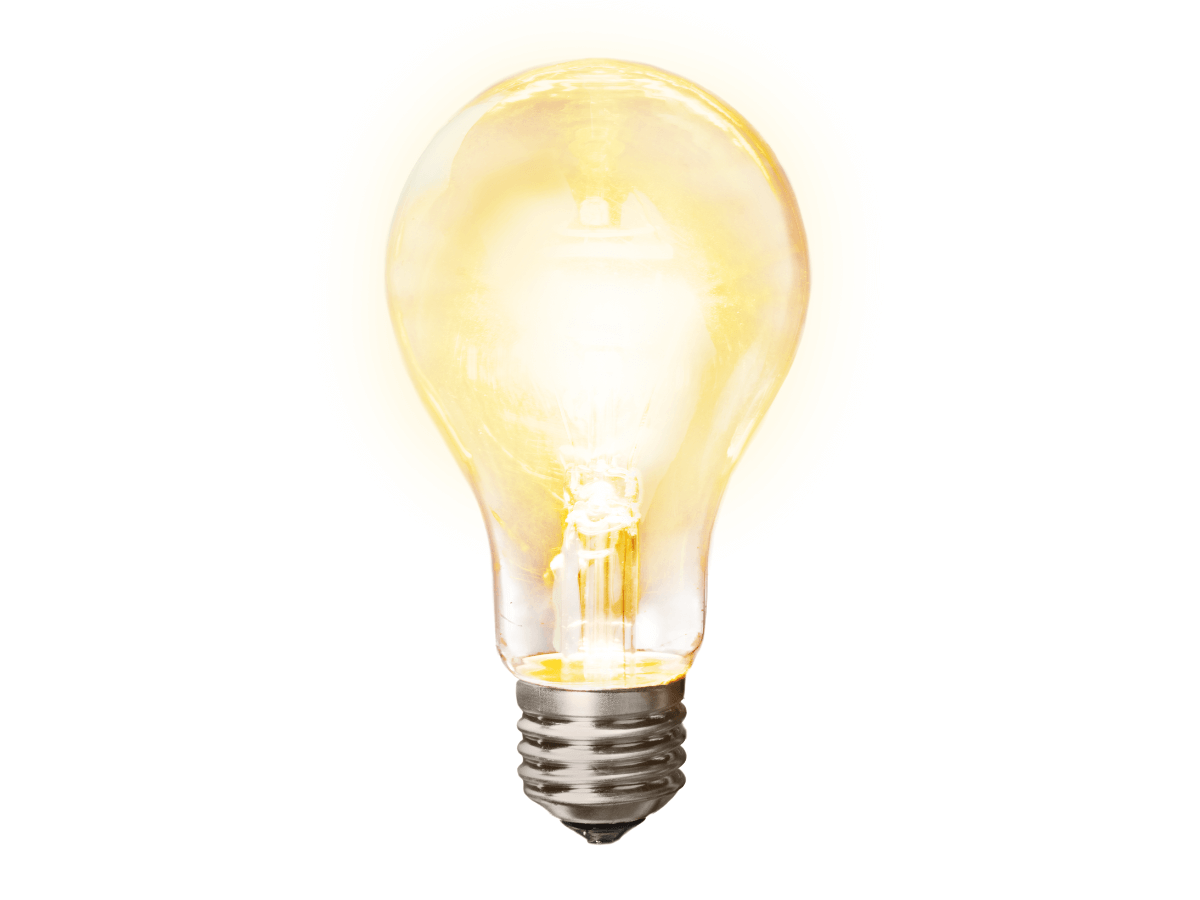
Compact Fluorescent Lightbulbs
Compact fluorescent lightbulbs are energy-efficient bulbs that provide the same amount of illumination as traditional incandescent bulbs, but with up to 75% less energy. These bulbs come in a variety of shapes, sizes, and color temperatures to fit any room’s needs.
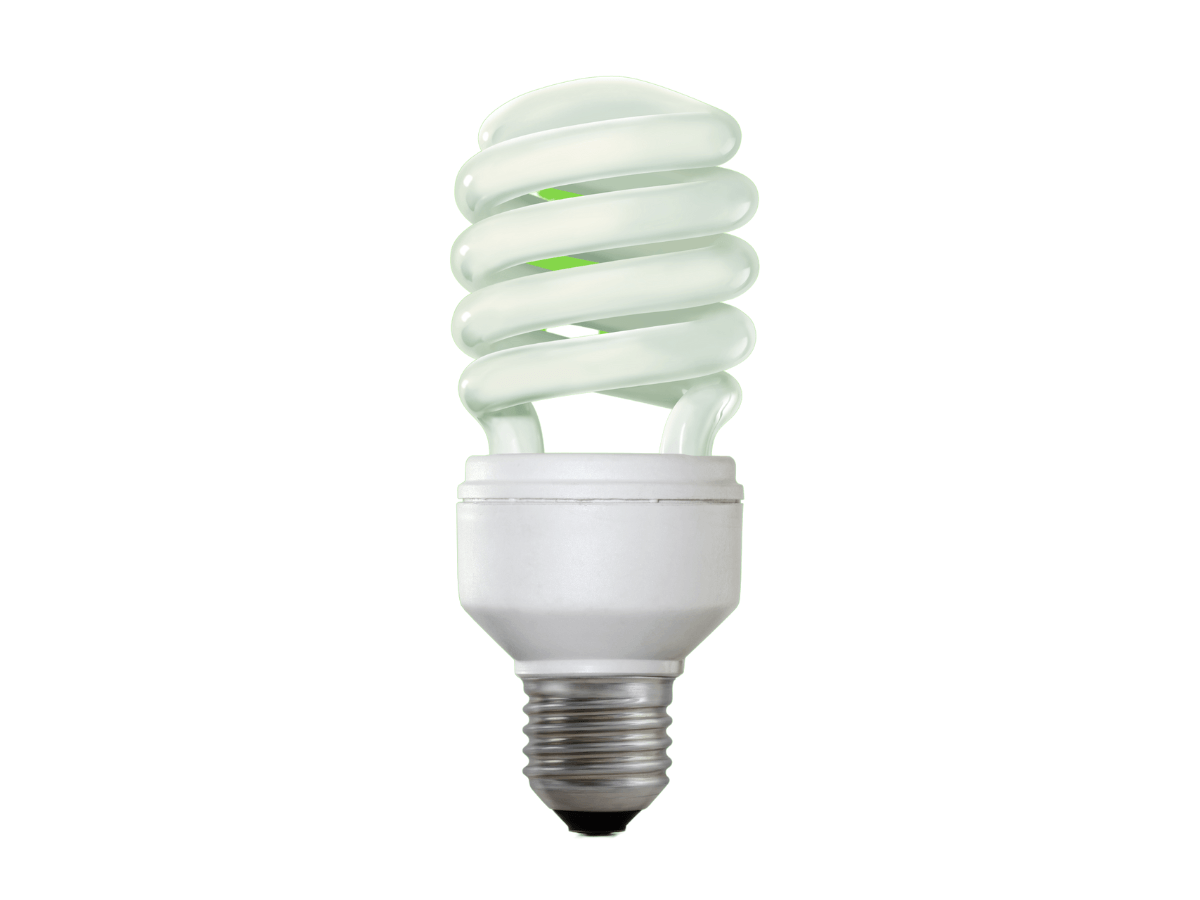
LED Lightbulbs
LED lightbulbs are the most energy-efficient of all the bulb options. Not only do they use up to 90% less energy than incandescent bulbs, but they also last much longer — up to 25 times longer! LED bulbs come in a variety of shapes and sizes, and with a variety of color temperatures.
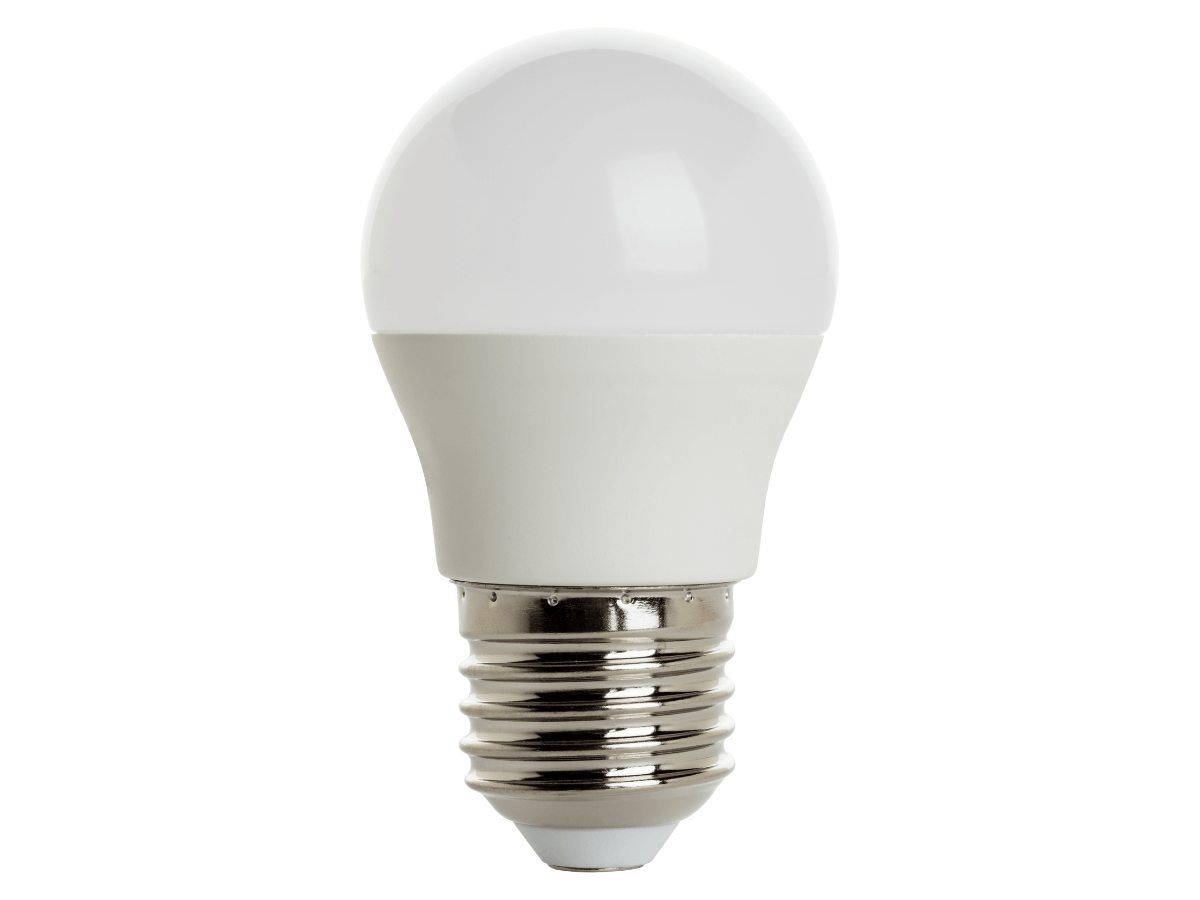
These are just a few of the light bulb options available. With the right combination of bulbs, anyone can create the perfect lighting atmosphere for any room.
If you are looking to upgrade to LED bulbs, you can check out our website at Vorlane. We offer a wide selection of LED bulbs at competitive prices. Plus, we have expert staff who can help you find the perfect bulbs for your needs. Contact us today to get started!
Why LED Bulbs Are Better Than Regular Bulbs?
LED bulbs are significantly more efficient than regular bulbs in several ways. Here are some reasons why LED bulbs are better than regular bulbs:
Longer Lifespan
LED bulbs have a much longer lifespan than regular bulbs, lasting up to 50,000 hours compared with around 1,200 hours for standard incandescent lightbulbs. This means that businesses save money on replacement costs as they will not need to replace LED bulbs as often.
Energy Efficiency
LED bulbs are much more energy efficient than regular bulbs, using up to 80% less energy than incandescent lightbulbs and around 20-30% less energy than fluorescent bulbs. This helps businesses reduce their electricity costs and is also beneficial for the environment.
Safer
LED bulbs are safer than regular bulbs as they produce much less heat and generate significantly fewer UV rays than incandescent lightbulbs. This makes them a safer option for businesses that may have employees working near the bulbs or in areas with sensitive materials such as artwork.
Cost-Effective
LED bulbs are often more cost-effective than regular bulbs, as they require less energy and have a longer lifespan. This makes them an attractive option for businesses looking to reduce their operational costs.
These features make LED bulbs a far more attractive and cost-effective option for businesses looking to update their lighting systems. Not only do they save money on electricity costs, but also reduce replacement costs due to their long lifespan.
To know more about why LEDs are better, check out this video!
LED and Regular Bulbs Comparison
When it comes to illumination, LED and regular bulbs are the two primary options available. While both types of bulbs provide light, there are some distinct differences between them that should be considered when making a purchasing decision. Here is a comparison of LED and regular bulbs:
| Heat Output | LED bulbs create significantly less heat than regular bulbs. This is beneficial for both safety and energy efficiency, as most of the energy used by regular bulbs is released in the form of waste heat. |
| Durability | Regular bulbs are made with fragile filaments that can easily break when jostled or exposed to temperature extremes. LEDs, on the other hand, are made with durable solid-state components, so they are much less likely to break. |
| Energy Efficiency | LED bulbs are more efficient than regular bulbs, as they use a fraction of the power to generate the same amount of light. This means that LED bulbs consume less energy and cost significantly less money to run over a given period of time. |
| Lifespan | LED bulbs have a much longer lifespan than regular bulbs, lasting up to 25 times as long. This means that LED bulbs require less frequent replacement, saving both time and money in the long run. |
| Price | Regular bulbs are typically much cheaper than LED bulbs, but the cost savings of LEDs over time make them a more cost-effective option in the long run. |
These are the main differences between LED and regular bulbs. When making a purchase decision, it is important to consider both the upfront cost as well as the lifetime costs associated with each type of bulb. This will ensure that the right choice is made for both the short and long term.
How LED and Regular Bulbs Work
LED and regular bulbs both rely on electricity to generate light. Regular bulbs, sometimes called “incandescent” or “halogen” bulbs, use a filament for lighting. A wire is heated until it glows, creating the light we see.
LED bulbs, on the other hand, use semiconductor technology to produce light. When an electrical current passes through a semiconductor material, electrons move around within the material and release energy in the form of photons. These photons create visible light.
Overall, both LED and regular bulbs work in fundamentally different ways. However, both lighting systems do generate heat as a byproduct of electricity passing through their components. This is why LED bulbs tend to remain cooler than regular bulbs, making them much more energy-efficient and safer to use.
By understanding how LED and regular bulbs work, businesses can make an informed decision when selecting the right type of lighting for their needs. Knowing the differences between these two types of lighting systems will help ensure that businesses get the most out of their lighting solutions.
If you want to learn more about how LED works, check out this video!
5 Buying Tips About LED Bulbs
When it comes to purchasing LED bulbs, there are some key tips to keep in mind to ensure the best product at the best price. Here are some important tips to take into consideration when shopping for an LED bulb:

#1 Wattage
One of the most important aspects to consider when shopping for an LED is its wattage. The higher the wattage, the brighter and more energy-efficient your bulb will be. LED bulbs typically range in wattage from 3 to 20 watts, with most bulbs ranging between 6 and 12 watts.
#2 Lumens Per Watt
The LPW rating measures the amount of light output a bulb has in relation to its energy consumption. Therefore, higher LPW ratings mean more light output from less energy consumption, making the bulb more efficient. The LPW rating for LED bulbs typically ranges between 65 and 150 lumens per watt.
#3 Color Temperature
Another important factor to consider when purchasing an LED bulb is its color temperature, which is measured in Kelvin (K). Color temperature is a measure of how warm or cool a light appears, and LED bulbs typically range from 2700K to 6500K.
#4 Bulb Shape
LED bulbs come in a variety of shapes and sizes, including A-shape, candle shape, globe shape, and more. When choosing a bulb shape, consider the size of the fixture where it will be installed as well as any design requirements.
#5 Cost
The cost of LED bulbs can range from $2 to over $50 depending on the wattage, lumens per watt, and color temperature. Be sure to compare prices from different vendors before making a purchase to ensure to get the best deal possible.
These are just some of the considerations to keep in mind when purchasing LED bulbs. By researching each of these factors and comparing prices, you can ensure you purchase an LED bulb that is perfect for your needs at a price that fits within your budget.
If you’re considering switching to LED lighting, you can check out our website at Vorlane. We offer customization options that allow you to find the perfect LED bulb for your needs. We also offer bulk discount options to make LED lighting more cost-effective. Contact us today to learn more.
Challenges and Solutions in Adopting LED Lighting
The Price Tag
Yes, LEDs cost more upfront. But think of them as an investment. Over time, they pay for themselves through lower energy bills and fewer bulb replacements. Look out for rebates and incentives to soften the initial blow.
Retrofitting Woes
Older fixtures might not welcome LEDs with open arms. The good news? LED retrofit kits and bulbs designed for traditional fixtures can make this transition smoother. Sometimes, a simple plug-and-play is all you need.
Tech Specs Maze
Lumens, color temperatures, dimming capabilities—oh my! It can feel like learning a new language. Don’t fret. Many manufacturers offer guides to help you pick the perfect bulb for your space. When in doubt, consult a lighting expert.
Aesthetic Concerns
Worried LED lighting will clash with your decor? Fear not. Today’s LEDs come in various shapes, sizes, and colors. With a bit of trial and error, you’ll find lights that complement your style perfectly.
Quality Quibbles
Early LEDs had their issues, but we’ve come a long way since then. Stick with reputable brands, and don’t forget to check reviews and warranties. Quality LEDs are out there, ready to brighten your world.
Conclusion
LED bulbs are the future. They’re more efficient, last longer, and produce less heat. Not to mention, they come in a variety of colors to fit any décor. If you haven’t already made the switch to LED bulbs, now is the time. Contact us today at Vorlane to learn more about our LED lighting products and how we can help you make the switch.

